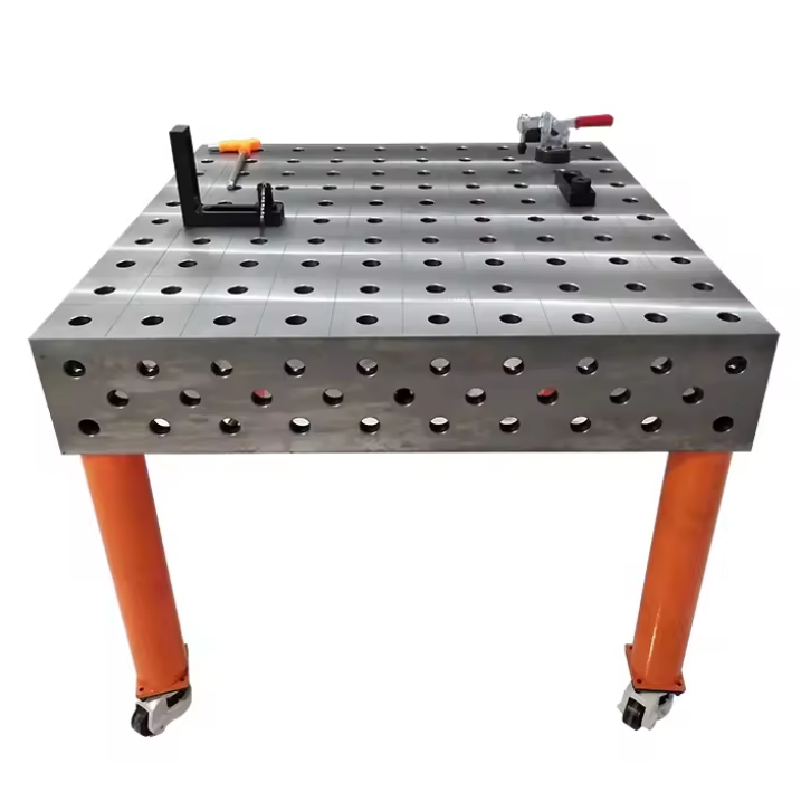Novemba . 12, 2024 01:45 Back to list
types of ground anchors
Types of Ground Anchors Understanding Their Applications and Benefits
Ground anchors are crucial components in various construction and engineering projects, providing stability and security in numerous applications, from retaining walls to bridge construction. These versatile tools come in several types, each designed to serve specific purposes and requirements. Understanding the different types of ground anchors can help in selecting the right anchor for a particular project, ensuring safety, efficiency, and reliability.
1. Mechanical Anchors
Mechanical anchors are some of the most commonly used types of ground anchors. They rely on mechanical means to secure themselves within the ground. These anchors typically consist of a steel shaft that is driven into the soil, followed by a mechanical device that expands or locks in place once the desired depth is achieved. Common examples include expansion anchors and screw anchors. Expansion anchors work by expanding against the sides of a pre-drilled hole, while screw anchors are twisted into the ground, providing a robust hold.
Grouted anchors offer a more permanent solution, particularly suitable for applications requiring high capacity and durability. These anchors consist of a steel bar or rod that is inserted into a drilled hole, which is then filled with grout. The grout hardens and bonds with the soil and the anchor, providing significant holding power. Grouted anchors are often used in geotechnical applications, such as stabilizing slopes and securing foundations for large structures.
3. Rock Anchors
Rock anchors are designed specifically for use in rocky terrains. They are similar to grouted anchors but are typically larger and more robust to withstand the challenges posed by hard substrates. Rock anchors are often used in tunneling operations or deep excavation projects, where stability is critical. The anchoring involves drilling a hole into the rock, inserting a steel rod, and grouting it in place, ensuring that the anchor can hold substantial loads.
types of ground anchors

4. Helical Anchors
Helical anchors, also known as screw anchors, are installed by rotating them into the soil, which allows for easy and efficient installation. Their unique design features one or more helical plates that provide resistance to pull-out forces. These anchors are particularly beneficial in areas where soil conditions may be less than ideal, such as loose or saturated soil. Helical anchors are commonly used in residential foundations, telecommunications towers, and solar panel installations.
5. Deadman Anchors
Deadman anchors are a type of passive anchor, often used in systems where active tension is required. These anchors typically consist of a buried object or structure that provides resistance against pulling forces. In most cases, a large mass, such as concrete blocks or heavy stones, is placed underground to resist lateral forces. Deadman anchors are ideal for temporary structures, such as tents and retaining walls, due to their ease of installation and removal.
6. Soil Nails
Soil nails are an innovative form of ground anchoring used primarily in slope stabilization and retaining wall construction. They involve the insertion of long steel rods into the soil, which are then grouted in place. This method not only reinforces the soil but also allows for the creation of reinforced soil structures, enhancing stability and load-bearing capacity. Soil nails are particularly effective in unstable terrains and have become popular in modern engineering practices.
Conclusion
Ground anchors play a pivotal role in ensuring the stability and longevity of various structures across different environments. Understanding the distinct types, including mechanical anchors, grouted anchors, rock anchors, helical anchors, deadman anchors, and soil nails, allows engineers and contractors to make informed decisions tailored to the specific needs of their projects. With the right ground anchor, the foundations we build can withstand the test of time and environmental challenges, providing safety and reliability for years to come.
-
Welding Methods Used in Metal Table FabricationNewsJul.03,2025
-
Sustainable Materials in Silence Check Valve ManufacturingNewsJul.03,2025
-
Installation Guide for Cast Iron Y StrainersNewsJul.03,2025
-
How to Carve a Block of GraniteNewsJul.03,2025
-
Creating Customized Measurement PlatformsNewsJul.03,2025
-
Benefits of Using Granite Surface Plates in MachiningNewsJul.03,2025
Related PRODUCTS









